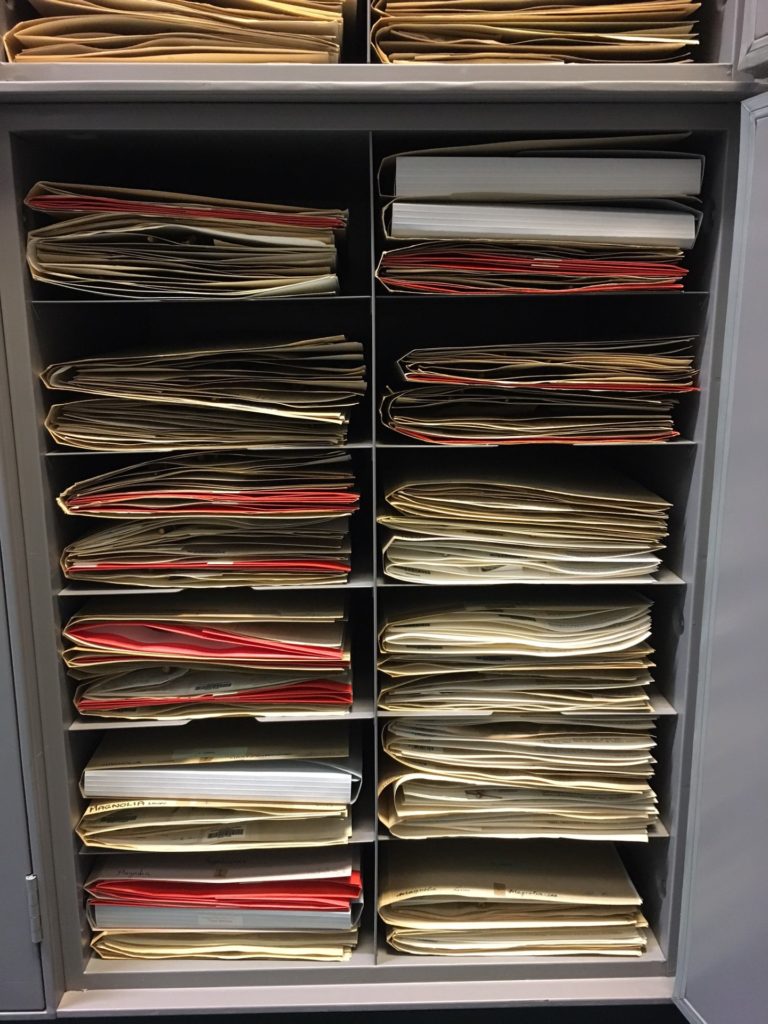The following post was written by Chris Knowles, a digitiser working in the RBGE Herbarium.
As part of my first year at the Royal Botanic Gardens Edinburgh as a herbarium digitiser, I have been taking digital images of specimens from 34 plant families. One of these was the Magnoliaceae which includes Magnolia trees which are found across parts of Asia as well as the Americas and are known for their large, fragrant flowers and distinctive seeds.
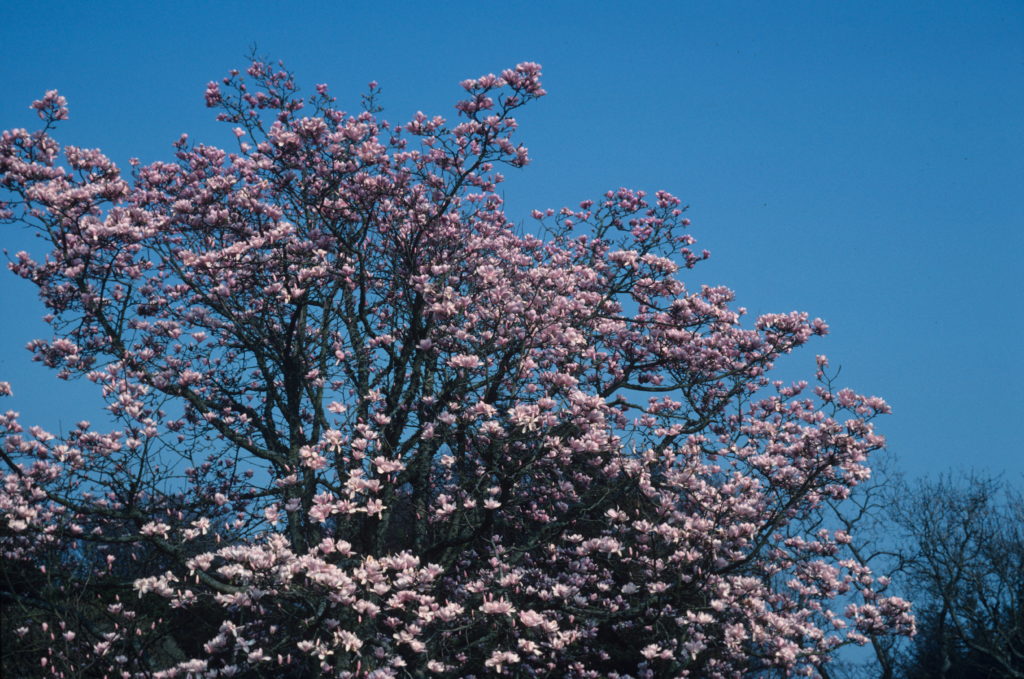
Whilst working through the Magnoliaceae family it became apparent that some taxonomic changes had been made since the specimens were last filed.
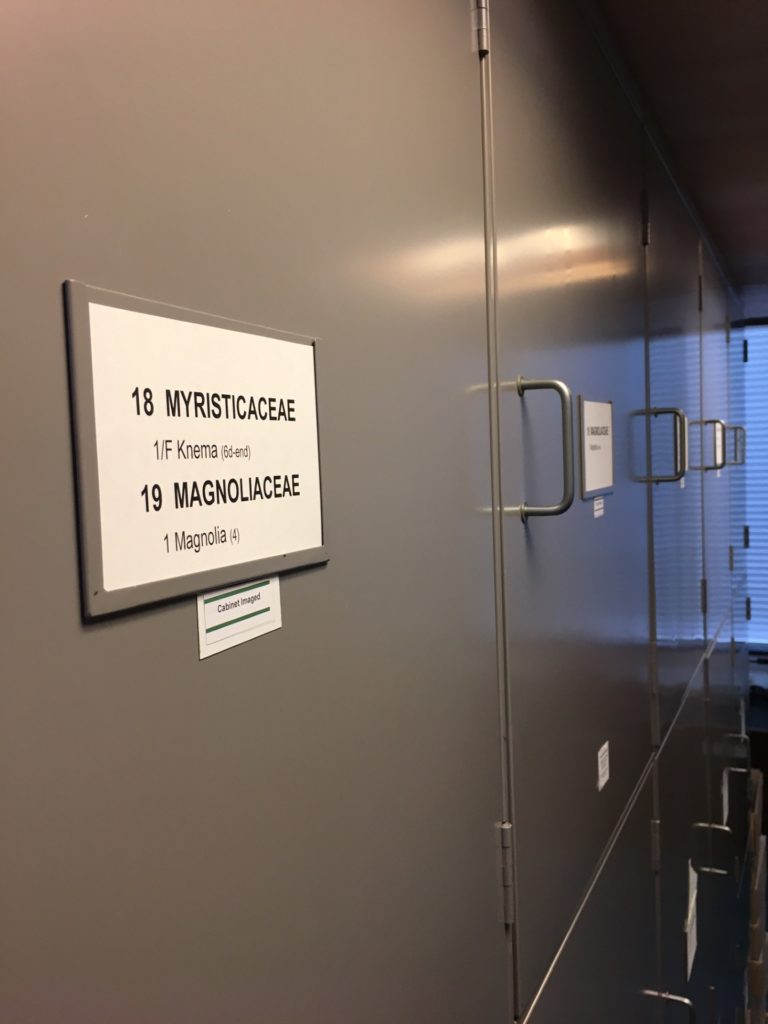
I discovered that there had been many years of research and discussion into the traditional way that species were put together into different groups called genera based on how they looked. This method was described by James E. Dandy in 1927 (The Genera of Magnolieae on JSTOR) and divided the species between 12 genera.
While one of those groups, (Liriodendron) has always remained separate some of the other 11 genera were lumped together over the decades until only 6 were generally accepted. The specimens in the RBGE collection were organised in this way, following the long understood 7 genera system.
However, when DNA sequencing stared to become more accessible in the 1990s a number of studies appeared to show a different picture of the relationships between some of these separated genera. Following this, were several projects where Magnolia specialists and taxonomists began to carefully compare the physical traits of the different plants, including their seeds and flowers.
Eventually it became apparent that although a number of groups could still be separated out, they were all close enough to one another genetically that they could all be lumped together under the single genus name Magnolia (R.B. Figlar & H.P. Nooteboom: Notes on Magnoliaceae IV).
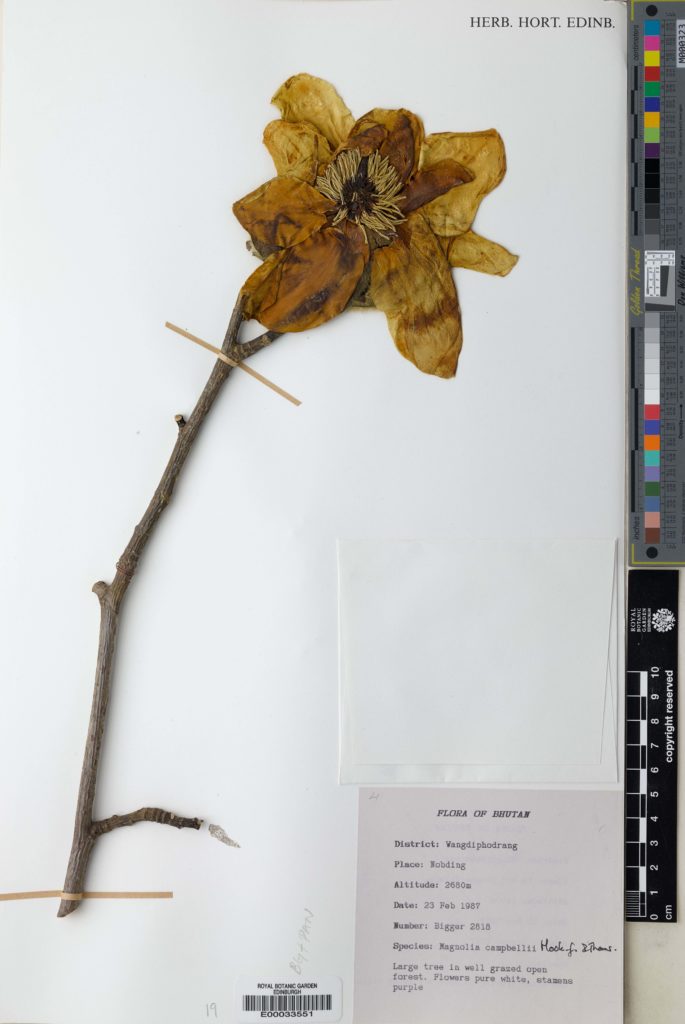

So far, all research since then has generally supported this 2 genera (Magnolia and Liriodendron) system for the Magnoliaceae family.
After reviewing this information, the herbarium team decided that it was time to re-curate Magnoliaceae specimens to follow the current taxonomy, and I was lucky enough to get to do a lot of it which was really interesting.
The RBGE has 1380 specimens of the Magnoliaceae family across 38 shelves in 7 herbarium cabinets. Of these, 550 specimens needed to have their names individually updated on the database, and then be physically refiled in the correct place alphabetically within their new genus group.
The whole process took several days, but it was really great getting to work with the specimens in a different way and learn lots of new skills as I did so.
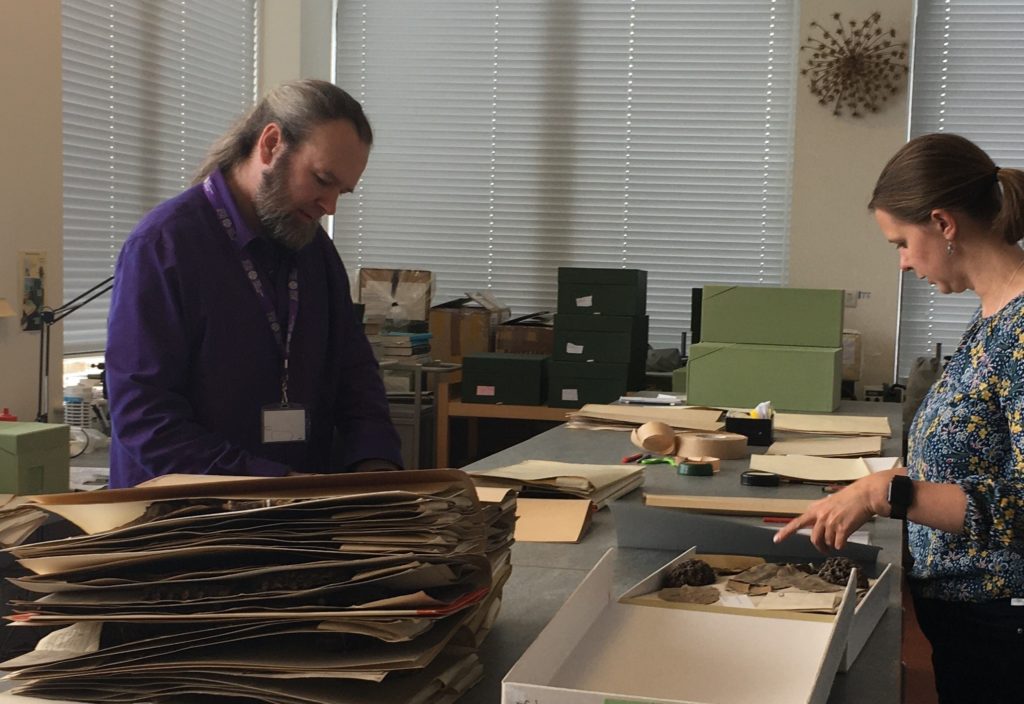
Now all the specimens are available to view online in the RBGE herbarium catalogue, and the family is organised in keeping with current taxonomy making it more accessible to researchers who wish to look at the collection.

